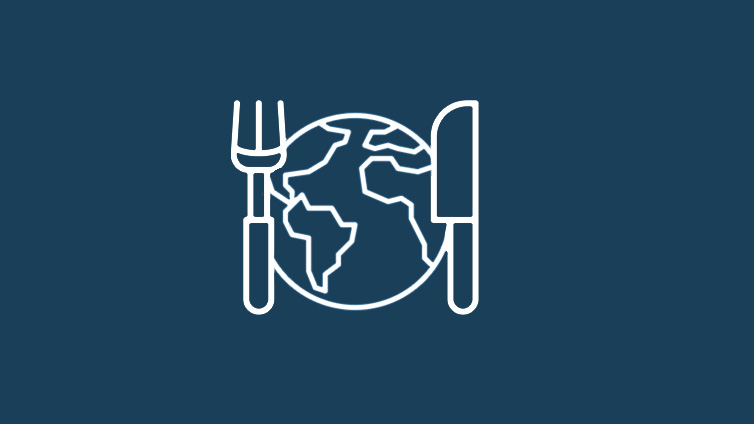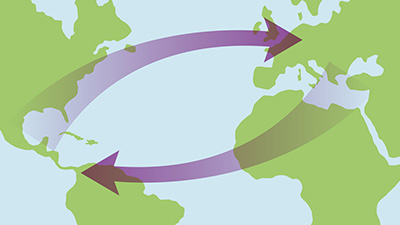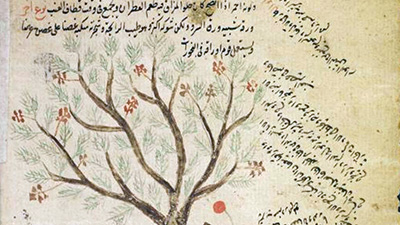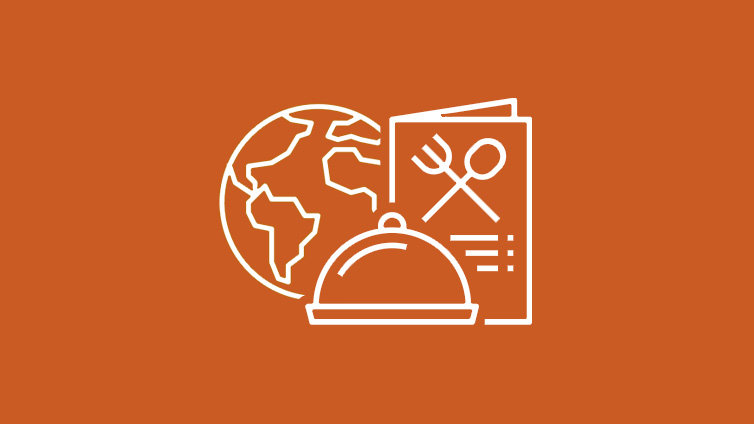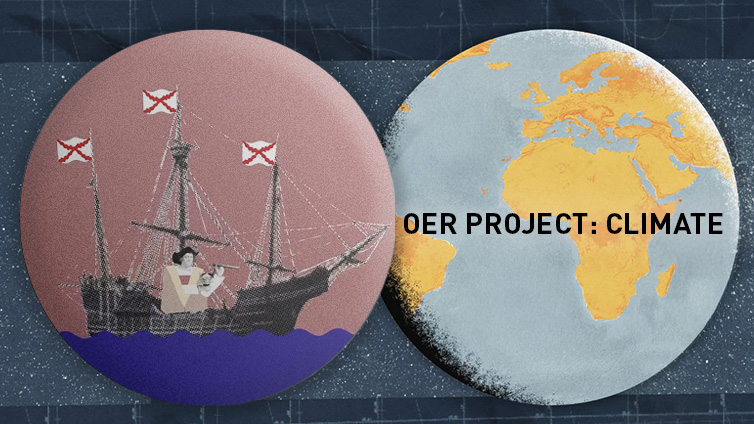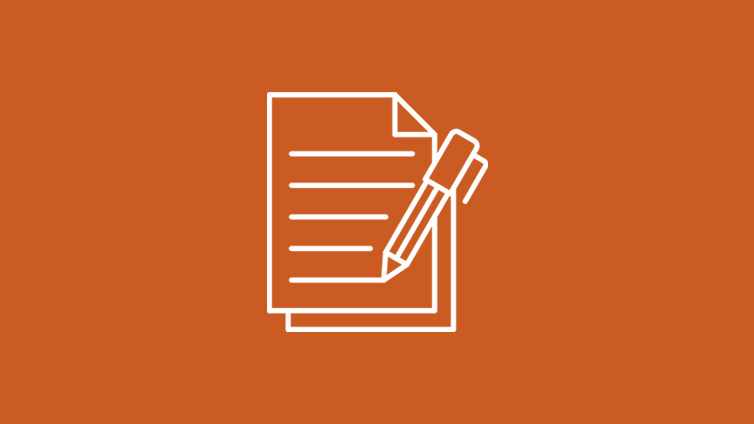The Columbian Exchange
Driving Question: What were the causes and effects of the Columbian Exchange?
The connections between Afro-Eurasia and the Americas created a truly global network that would forever change the course of history. After 1492, plants, animals, people, ideas, and diseases crisscrossed oceans in a process called the Columbian Exchange.
Learning Ojectives:
- Evaluate how the Columbian Exchange transformed human communities and systems of production and distribution.
- Use the historical thinking skill of causation to assess the impacts of new global networks.
- Identify the crops and animals that moved to new places and the impacts they had on people in those places.
Vocab Terms:
- biological
- cash crop
- demographic
- epidemic
- indigenous
- labor system
- staple crop
Opener: The Columbian Exchange
To teach this lesson step, refer to page 2 of the Lesson 3.5 Teaching Guide.
Want to map out the Columbian Exchange in more detail? You can download OER Project maps here.
The Columbian Exchange moved plants and animals all around our world, forever reshaping the foods we eat.
What Was the Columbian Exchange?
To teach this lesson step, refer to page 3 of the Lesson 3.5 Teaching Guide.
In 1492, Columbus sailed the ocean blue and launched an era of connections linking Afro-Eurasia and the Americas. In this article and activity, you’ll track some of the many causes and effects of this exchange.
-
Guiding Questions
-
Before you read
Preview the questions below, and then skim the article. Be sure to look at the section headings and any images.
While you read
Look for answers to these questions:
- What were Indigenous communities like before the Columbian Exchange?
- Why were Indigenous Americans so vulnerable to diseases?
- How did epidemic diseases affect the environment and the economy?
- What animals were domesticated by humans in the Americas, before and after the Columbian Exchange?
After you read
Respond to this question: What do you think was the most significant impact of the Columbian Exchange?
Food and the Columbian Exchange
Human vs. AI Research Battle: The Significance of Foods
- Have students list foods that spread during the Columbian Exchange, then prompt AI to expand it.
- Then, have students ask AI which one food had the greatest historical impact.
- Finally, challenge students to do some of their own research to evaluate and critique the AI response.
What makes this effective? Students get to learn about historical significance using AI as a research partner. But rather than simply accepting the AI results, they use their own research to challenge or confirm its responses using evidence they gather, providing a valuable exercise in information literacy.
Can a plant change the world? Explore the major role plants played in everything from the environment to trade during the Columbian Exchange.
-
Guiding Questions
-
Before you read
Preview the questions below, and then skim the article. Be sure to look at the section headings and any images.
While you read
Look for answers to these questions:
- What’s the difference between staple crops and cash crops? What different effects did they have?
- How did European plantation owners maximize profits?
- In what ways did European colonists impact networks and production and distribution?
- How did European use of crops and animals affect the environment in the Americas?
- What effect did the introduction of the potato have on European populations? How did this change over time?
After you read
Respond to these questions: Do you think the biggest changes after 1492 were biological, political, or cultural? Why?
Closer: The Columbian Exchange
To teach this lesson step, refer to page 6 of the Lesson 3.5 Teaching Guide.
Read this blog post about the positives and negatives of interconnection as you prepare to teach this closer.
In this final activity of the lesson, you’ll consider the pros and cons of the Columbian Exchange as you determine where you stand on its effects.
Transforming Environments
What does the Columbian Exchange have to do with modern climate change? Explore how this exchange transformed environments in ways we are still feeling today.
Writing: Impacts of The Columbian Exchange
To teach this lesson step, refer to page 6 of the Lesson 3.5 Teaching Guide.
In this writing activity, you’ll use evidence from sources to support an argument that responds to the question: How did the Columbian Exchange transform the Americas from c. 1500 to 1750 CE?


